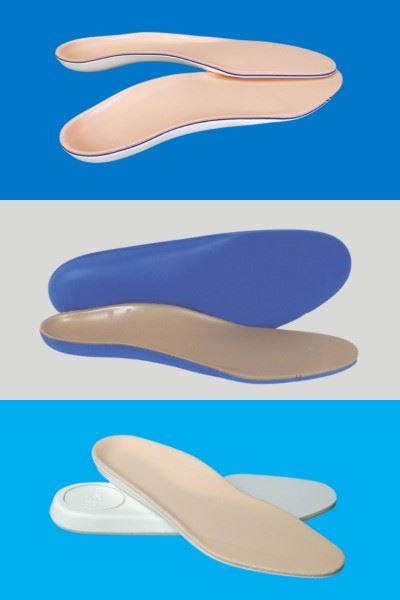-
Home
-
The Benefits of Diabetic Insoles for Foot Health
The Benefits of Diabetic Insoles for Foot Health
June 26, 2024
 When it comes to managing diabetes, foot care is crucial. People with diabetes are more prone to foot issues such as neuropathy and poor circulation, which can lead to serious complications if left untreated. One way to protect your feet and improve comfort is by using diabetic insoles. In this article, we will explore the benefits of diabetic insoles, what they do, and why they are worth considering for anyone living with diabetes.
When it comes to managing diabetes, foot care is crucial. People with diabetes are more prone to foot issues such as neuropathy and poor circulation, which can lead to serious complications if left untreated. One way to protect your feet and improve comfort is by using diabetic insoles. In this article, we will explore the benefits of diabetic insoles, what they do, and why they are worth considering for anyone living with diabetes.
What Are Diabetic Insoles?
Diabetic insoles are specially designed shoe inserts that provide extra support and cushioning for individuals with diabetes. These insoles are made from materials that help reduce pressure on the feet, prevent blisters and calluses, and provide shock absorption to protect sensitive areas. Diabetic insoles can also help improve overall foot health by promoting proper alignment and reducing strain on the feet. By wearing diabetic insoles, individuals can experience increased comfort while walking or standing for long periods.
Benefits of Diabetic Insoles
Diabetic insoles can help prevent foot ulcers and other complications commonly seen in people with diabetes. The major benefits of these insoles include pressure distribution, shock absorption, improved foot alignment, moisture control, and temperature regulation.
- Pressure Redistribution: Diabetic insoles are designed to evenly distribute body weight across the foot. This reduces the risk of pressure points, which can lead to ulcers. By cushioning these areas, insoles prevent excessive pressure and friction that can cause skin breakdown.
- Shock Absorption: These insoles are made from materials that absorb shock, reducing the impact on the feet during walking and other activities. This is crucial for patients with neuropathy, as they may not feel minor injuries that can escalate into serious complications.
- Improved Foot Alignment: Misaligned feet can cause abnormal pressure distribution, leading to calluses, corns, and ulcers. Insoles are designed to help correct these abnormalities, promoting better foot mechanics.
- Moisture Control: Many diabetic insoles are made with materials that wick away moisture, keeping the feet dry. Moisture can exacerbate skin problems and increase the risk of infections. By maintaining a dry environment, insoles help in preventing these issues.
- Temperature Regulation: Some insoles are designed to regulate foot temperature, keeping the feet warm in cold conditions and cool in hot conditions. This is particularly beneficial for diabetic patients who may have poor circulation and are prone to temperature-related complications.
What Are Diabetic Shoes?
Diabetic shoes are specially designed footwear that often come with built-in diabetic insoles. These shoes are wider and deeper than regular shoes to accommodate any swelling or deformities that may occur as a result of diabetes. While diabetic shoes can be costly, many individuals find them worth the investment due to the added protection they provide for their feet. However, if you already have a pair of comfortable shoes that you love, you can simply purchase separate diabetic insoles to insert into your existing footwear.
Benefits of Diabetic Shoes
When comparing regular shoes to diabetic shoes, one key difference lies in the level of support and cushioning provided. Regular shoes may not offer enough padding or shock absorption for someone with diabetes who is at risk for developing foot problems. Diabetic shoes typically have features such as extra depth, seamless interiors, and adjustable closures to accommodate various foot conditions associated with diabetes. By wearing diabetic shoes or using diabetic insoles, individuals can significantly reduce their chances of experiencing foot pain or complications related to their condition.
Diabetic insoles play a vital role in maintaining good foot health for individuals living with diabetes. By providing added support, cushioning, and shock absorption, these specialized shoe inserts can help prevent common issues such as ulcers and neuropathy symptoms.
Whether you choose to invest in diabetic shoes or simply purchase separate diabetic insoles for your current footwear, incorporating these products into your daily routine can make a significant difference in how well you manage your condition overall. Consider speaking with your healthcare provider about the best options for your specific needs when it comes to protecting your feet from potential complications associated with diabetes.
Want to learn more? Explore these additional resources on foot health: